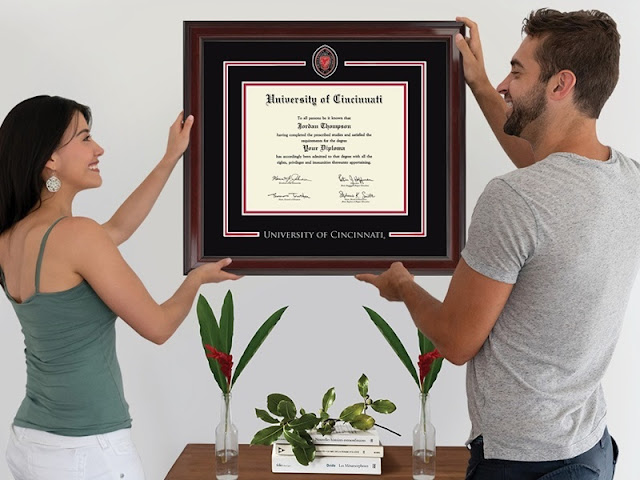Brass Fittings' Buying Guide: Where Quality Meets Functionality
If you’re looking for the most versatile and widely used type of fittings you have come to the right place. Being used in a huge variety of applications, from plumbing and electrical to automotive and aerospace, brass hose fittings are the top tier for quality and functionality as well.
Brass is an excellent material as it is strong and durable yet easy to work with. It is also resistant to corrosion and can be used in a wide range of temperatures. Moreover, fittings made from brass are available in a vast array of sizes, shapes, and types. This makes them suitable for use in just about any application where a secure, leak-proof connection is required. However, it also makes finding the ideal one, not a straightforward decision. The following guidelines might give you a hand.
General Use
All in all, shop for high-quality brass fittings for all your plumbing needs. There are many types of brass threaded fittings available on the market, each with its own unique set of benefits. The NPT fittings come in a variety of diameters and are most frequently used in North America. When NPT (National Pipe Thread) is tightened against another fitting that has a corresponding taper, the tapered thread forms a seal.
British Standard Pipe Thread (BSPT) fittings, on the other hand, are available in a variety of sizes and are widely used in Europe and Asia. Moreover, when BSPT threads are tightened against another BSPT fitting, they form a seal because they are tapered. The DIN (Deutsches Institut für Normung) Fittings are widely utilized in Germany and other European countries. These brass plumbing fittings use a parallel thread design rather than a tapered thread and come in metric sizes.
The Benefits
The use of brass fittings has numerous benefits. Firstly, they are incredibly robust and long-lasting. They are perfect for use in high-pressure applications since they can tolerate high temperatures and pressures. Additionally, they are resistant to corrosion. This implies that even in the presence of environmental factors, they won't rust or corrode over time. Lastly, they need little upkeep and are simple to install.
Compared to other fitting types, threaded fittings offer several advantages. Their ease of installation and removal is one of their biggest benefits. This is because there is a decreased possibility of leaks due to the threads' ability to provide a more exact connection.
The versatility of brass pipe fittings in a variety of applications is another benefit. They can be utilized, for instance, in both high-pressure applications like hydraulic lines and low-pressure applications like airlines. This might save you time and money because you can utilize the same fitting type for multiple jobs.
Lastly, there is a significantly lower chance of threaded fittings loosening over time. This is because the threads establish a stronger bond that is less prone to come free with movement or vibration. This implies that you may rely on threaded fittings to establish a long-lasting, secure connection.
Buying Considerations
There are a few factors to take into account when buying brass threaded fittings, including the finish, size and thread count, and metal type.
The strength and longevity of the fitting will depend on the type of metal, which makes it crucial. Leaded, red, and naval brass are the three most popular varieties of brass. Although lead brass is the weakest type of brass, it is nevertheless suitable for most uses. Red brass is frequently used in plumbing applications because it is more durable than led one. The strongest type of brass, naval brass, is frequently utilized in high-pressure settings.
Since they dictate how the fitting will fasten to the pipe or other item, the size and thread count are crucial. The sizes 1/8", 1/4", 3/8", and 1/2" are the most popular ones. The number of threads per inch (TPI) determines the thread count.
Therefore, make sure the fitting you buy will function with the other fixtures in your collection because there are several threading types.
Furthermore, there are many finishes available for brass, so pick one that goes well with the rest of your interior design. Since brass is a bit pricey material, you should make sure that the fitting is being offered at a competitive price.
Cleaning and Maintenance Tips
Brass is a copper and zinc alloy, and plumbing applications frequently use brass threaded fittings. These fittings may tarnish or corrode over time, therefore it's critical to clean and maintain them frequently to guarantee optimum function.
While there are a few other ways to clean brass compression fittings, soaking the fitting in a vinegar solution is one of the best options. This will assist in removing any accumulation that has formed on the fitting's surface.
After soaking, the fitting needs to be scrubbed with a soft brush to get rid of any last bits of grime or debris. It might be necessary to do the soaking and washing procedure twice if the fitting is still unclean.
It's crucial to rinse the brass threaded fitting with clean water after cleaning it. To help against further corrosion, you can coat the threads with a thin layer of petroleum jelly or beeswax after it has dried.






Comments
Post a Comment